Throughout the ever-evolving tapestry of fashion, certain outfits have transcended mere clothing to become icons—symbols of culture, identity, and artistic expression. These iconic ensembles, immortalized on runways, red carpets, and the streets, tell stories that go beyond stitches and fabric. They capture moments in time, challenge conventions, and inspire generations, shaping the way we perceive style and society. In exploring these legendary looks, we journey through history’s most captivating sartorial statements and uncover the enduring impact they’ve left on the world of fashion.
Table of Contents
- The Evolution of Iconic Looks and Their Cultural Impact
- Legendary Red Carpet Moments That Redefined Glamour
- Timeless Celebrity Styles and How to Recreate Them
- The Influence of Fashion Icons on Modern Streetwear
- Decoding Signature Pieces That Shaped Fashion Trends
- Tips for Incorporating Classic Statements into Contemporary Wardrobes
- Q&A
- In Summary
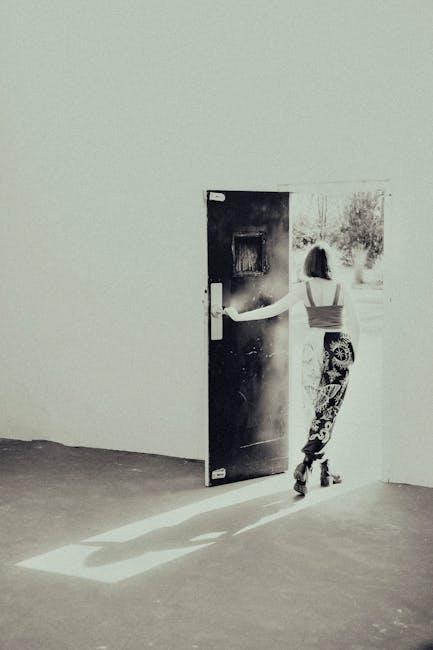
The Evolution of Iconic Looks and Their Cultural Impact
Throughout history, certain looks have transcended mere fashion, becoming symbols of cultural identity and social change. From the rebellious spirit of the 1950s leather jacket to the bold, androgynous silhouettes championed by the 1980s power suits, these styles have defined eras by challenging norms and sparking conversations. Each outfit tells a unique story — whether it’s the elegance of Audrey Hepburn’s little black dress or the vibrant, expressive patterns of the 1960s hippie movement, these iconic ensembles serve as visual milestones in the ever-evolving narrative of personal and societal expression.
The impact of these looks goes beyond aesthetics; they often mirror or even influence cultural shifts such as gender roles, political statements, and technological advancements. Consider the rise of streetwear and its roots in urban youth culture, blending comfort with bold graphics to voice identity and resilience. The table below highlights a few defining iconic looks and their broader cultural significance:
| Iconic Look | Era | Cultural Impact |
|---|---|---|
| Mary Quant’s Mini Skirt | 1960s | Fashion democratization, women’s liberation |
| James Dean’s White T-shirt & Jeans | 1950s | Youth rebellion, casual masculinity |
| Punk Leather Jacket | 1970s | Anti-establishment, DIY aesthetics |
| Bell-bottom Pants | 1970s | Counterculture freedom, disco fever |
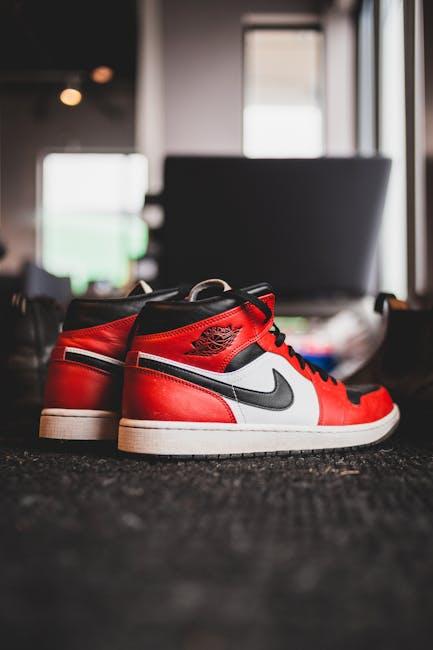
Legendary Red Carpet Moments That Redefined Glamour
Throughout fashion history, certain moments have transcended the typical red carpet appearance to become timeless symbols of elegance and daring. These ensembles didn’t just follow trends—they shattered conventions and set new standards, showcasing bold creativity through fabric, silhouette, and attitude. From cascading silk gowns to sharply tailored tuxedos, every stitch whispered stories of innovation and fearless style, forever etching these garments into the annals of glamour.
Pioneering looks that changed perceptions include:
- Unexpected Material Choices: Dresses crafted from unconventional materials like feathers, metallic mesh, or even recycled plastics challenged the boundaries of couture.
- Statement Accessories: Oversized hats, dramatic gloves, and jewel-encrusted handbags became integral to the outfit’s aura, transforming simple elegance into headline-making allure.
- Color and Cut Breakthroughs: Introducing vibrant hues where subdued tones ruled or experimenting with asymmetric cuts that defied classic tailoring added an edge of rebellion to sophistication.
| Icon | Year | Signature Aspect | Legacy |
|---|---|---|---|
| Audrey Hepburn | 1961 | Little Black Dress | Modern Classic |
| Lady Gaga | 2010 | Meat Dress | Shock and Statement |
| Beyoncé | 2015 | Sheer Embellished Gown | Empowered Glamour |
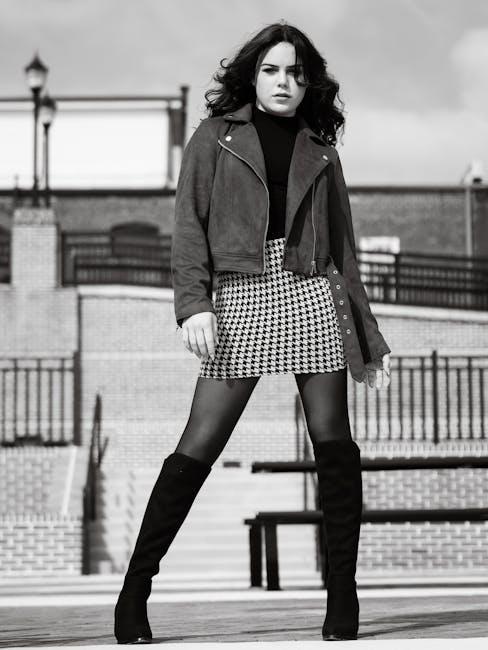
Timeless Celebrity Styles and How to Recreate Them
From Audrey Hepburn’s elegant little black dress in Breakfast at Tiffany’s to James Dean’s effortlessly cool red jacket and white tee combo, these legendary looks have left an indelible mark on fashion history. To channel such iconic styles today, focus on silhouettes that flatter your body shape and invest in timeless pieces. For a classic Audrey-inspired outfit, pair a slim black sheath dress with pearl earrings, cat-eye sunglasses, and ballet flats. If you’re drawn to James Dean’s rebellious vibe, opt for a fitted leather jacket, crisp white t-shirt, and dark denim jeans—qualities that embody simplicity with an edgy twist.
To streamline your recreation process, here’s a handy style cheat sheet showcasing some iconic celebrity looks alongside their signature items and modern equivalents:
| Celebrity | Signature Piece | Modern Recreation |
|---|---|---|
| Marilyn Monroe | White Halter Dress | Flared Midi Dress in Soft Fabric |
| David Bowie | Ziggy Stardust Jumpsuit | Metallic Bodysuit with Statement Collar |
| Princess Diana | Puffer Jacket | Oversized Quilted Coat |
| Grace Kelly | Kelly Bag | Structured Top-Handle Bag |
- Focus on accessories: A statement hat or classic handbag can elevate any look.
- Play with textures: Pairing silk with leather or denim with lace brings a contemporary twist to vintage styles.
- Embrace minimalism: Often, less is more—key streamlined pieces make a bold statement without overwhelming your look.
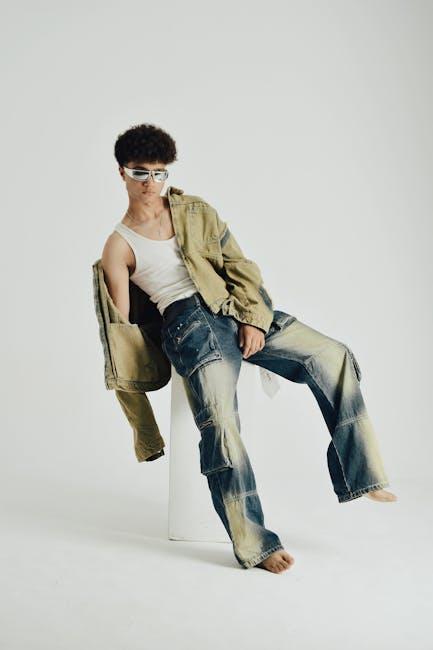
The Influence of Fashion Icons on Modern Streetwear
Fashion icons have long been the catalysts for shifts in streetwear culture, blending high fashion sensibilities with everyday style. From Audrey Hepburn’s effortless black turtleneck and cigarette pants to Tupac Shakur’s bandanas and oversized jeans, these trailblazers have redefined what it means to be “cool” on the streets. Their choices transcend mere clothing, becoming symbols of empowerment, rebellion, and identity that resonate through decades. Today’s streetwear designers often mine these iconic looks, reinventing and amplifying them with modern fabrics and bold silhouettes, creating a dialogue between past and present that keeps urban fashion fresh and dynamic.
The impact of these icons can be visualized through the key elements they introduced, many of which continue to influence trends globally:
- Minimalism: Clean lines and simple cuts inspired by figures like James Dean.
- Statement Accessories: Bold hats, jewelry, and eyewear that tell a story.
- Gender Fluidity: Styles that break conventional norms, pioneered by David Bowie.
- Mix of High and Low: Combining luxury items with street basics, a trend popularized by Rihanna.
| Icon | Signature Look | Influence on Streetwear |
|---|---|---|
| Madonna | Lace gloves & layered necklaces | Layering and bold accessorizing |
| Kanye West | Oversized hoodies & sneakers | Streetwear meets high fashion |
| Grace Jones | Androgynous tailoring | Gender-bending silhouettes |
| Pharrell Williams | Colorful caps & graphic tees | Playful, eclectic aesthetics |
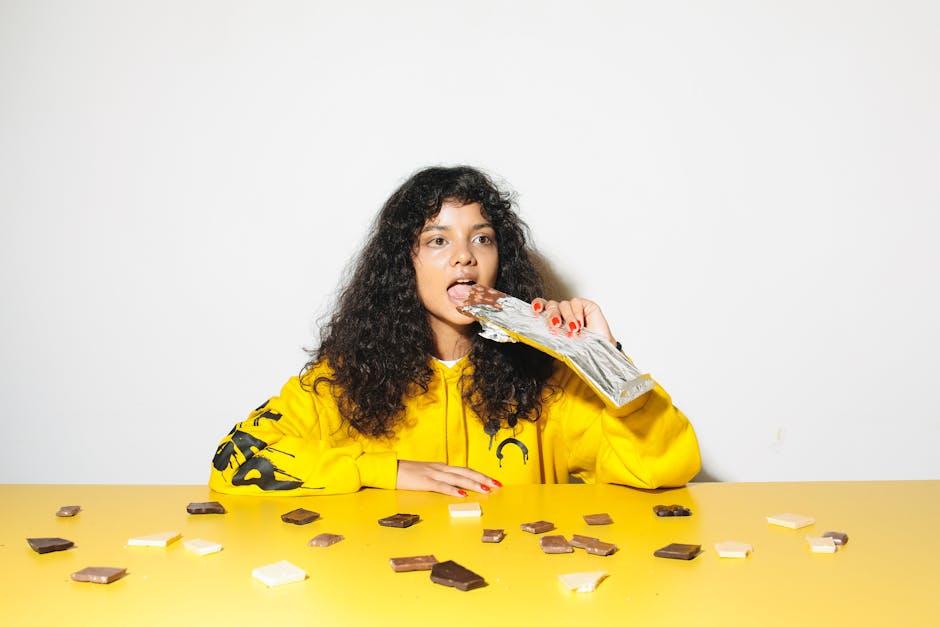
Decoding Signature Pieces That Shaped Fashion Trends
At the heart of every groundbreaking fashion movement lies a handful of signature pieces that transcend trends to become timeless emblems. These iconic garments often defy the norms of their era—be it the rebellious spirit of a leather jacket in the 1950s or the sleek minimalism of the little black dress crafted by Coco Chanel. They serve as catalysts, inspiring designers and wearers alike to reimagine what style can communicate. When these pieces hit the streets, they do more than adorn bodies; they set the cultural tone, sparking waves of creativity that ripple across decades.
Understanding the influence of these pivotal items reveals how fashion evolves through symbols of identity and innovation. For example, the rise of platform shoes in the 1970s not only changed footwear aesthetics but also reflected social shifts toward self-expression and inclusivity. Similarly, wrap dresses championed by Diane von Fürstenberg in the 1970s empowered women with both comfort and style, becoming more than just apparel—they became statements of independence. Their stories are woven with bold choices and unconventional materials, embodying a perfect union of art and attitude that permanently shifts fashion’s landscape.
- Leather jacket: A symbol of rebellion and cool.
- Little black dress: Elegance merged with simplicity.
- Platform shoes: Amplifier of individuality and flair.
- Wrap dress: Empowerment through effortless chic.
| Iconic Piece | Decade | Impact on Fashion |
|---|---|---|
| Leather Jacket | 1950s | Rebellion & Eternity |
| Little Black Dress | 1920s | Elegant Simplicity |
| Platform Shoes | 1970s | Bold Self-Expression |
| Wrap Dress | 1970s | Feminine Empowerment |
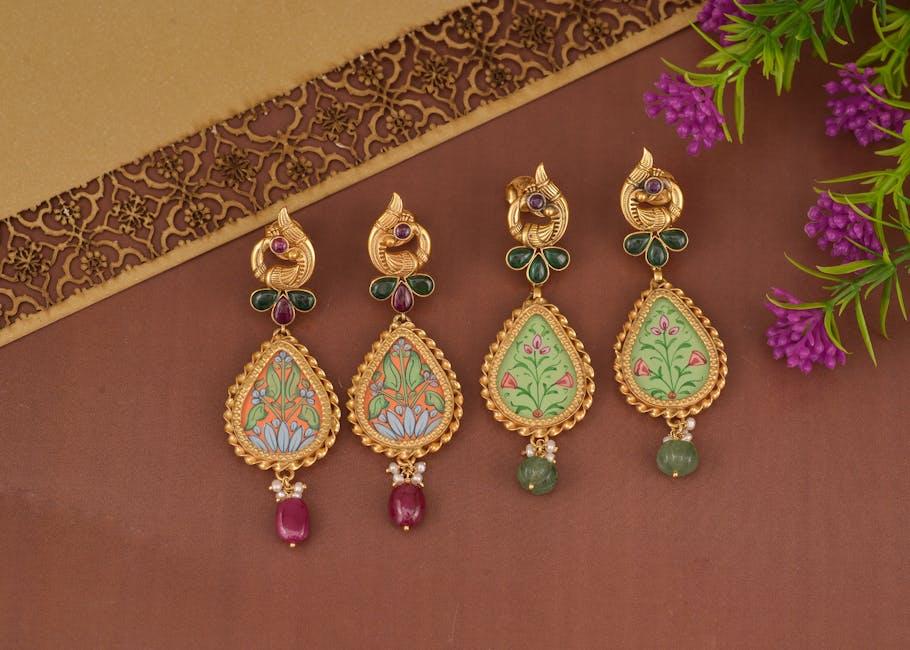
Tips for Incorporating Classic Statements into Contemporary Wardrobes
Integrating timeless pieces into modern outfits requires a keen eye for balance and contrast. Start by mixing enduring staples—like a tailored trench coat or a crisp white shirt—with current trends, such as high-waisted trousers or bold accessories. This method not only honors the heritage of classic fashion but also breathes fresh life into your everyday wardrobe. Don’t shy away from layering: a vintage leather jacket over a contemporary printed dress can create a dynamic, effortlessly chic look. Experimenting with textures and proportions helps bridge eras seamlessly, making your style feel both nostalgic and forward-thinking.
When planning your outfits, consider these key elements to harmonize iconic fashion with today’s vibe:
- Color coordination: Use neutral classic hues as a base and introduce trendy pops of color for interest.
- Statement accessories: Vintage scarves, bold eyewear, or retro jewelry can punctuate an outfit with historical flair.
- Mixing fabrics: Pair traditional materials like tweed or silk with modern synthetics for unexpected contrasts.
| Classic Piece | Modern Pairing | Styling Tip |
|---|---|---|
| Little Black Dress | Chunky Sneakers | Create an edgy yet elegant contrast |
| Double-Breasted Blazer | Distressed Jeans | Combine polished and casual vibes |
| Pearl Necklace | Graphic Tee | Add sophistication to everyday wear |
Q&A
Q&A: Iconic Outfits That Made Fashion History
Q1: What defines an outfit as “iconic” in the context of fashion history?
A1: An iconic outfit transcends mere clothing; it captures a moment, a mood, or a movement in culture. It is instantly recognizable, often associated with a particular person or era, and has influenced or shifted fashion trends significantly. These outfits become symbols, embodying ideals or attitudes beyond fabric and design.
Q2: Can you give examples of some of the most iconic outfits in fashion history?
A2: Certainly! Some legendary examples include Audrey Hepburn’s little black dress in Breakfast at Tiffany’s, Marilyn Monroe’s white halter dress from The Seven Year Itch, David Bowie’s Ziggy Stardust jumpsuit, and Michael Jackson’s glittering glove paired with a red leather jacket. Each of these outfits did more than adorn the wearer; they told a story and reshaped style landscapes.
Q3: What impact have these iconic outfits had beyond fashion?
A3: Iconic outfits often spill over into popular culture, influencing music, film, art, and social movements. They become touchstones for identity and expression, inspiring generations to challenge norms or embrace new aesthetics. Their impact can be seen in how they shape public perception and cultural narratives worldwide.
Q4: How do designers create outfits that might become iconic?
A4: Designers blend creativity, cultural awareness, and innovation to craft pieces that resonate deeply with their times. Iconic outfits often emerge from a perfect storm of originality, impeccable craftsmanship, and contextual relevance—sometimes amplified by celebrity endorsement or historical events.
Q5: Are iconic outfits always high fashion or haute couture?
A5: Not necessarily. While many iconic looks originate from the high-fashion runways or legendary designers, street style and subcultures have also delivered iconic moments. Think of the punk leather jacket or the hip-hop tracksuit; these styles have profoundly influenced fashion narratives and remain iconic in their own right.
Q6: Why do certain outfits endure in public memory while others fade away?
A6: Endurance usually hinges on emotional connection, cultural significance, and repeated visibility. When an outfit encapsulates a pivotal moment or emotion and is immortalized in media or collective memory, it achieves longevity. Accessibility for reinterpretation and homage also helps these looks stay relevant through the years.
Q7: How can ordinary people draw inspiration from iconic outfits?
A7: Iconic outfits offer timeless lessons in confidence, individuality, and the power of storytelling through clothing. By understanding the essence behind these styles—whether it’s elegance, rebellion, or innovation—anyone can adapt elements to express their own identity while paying subtle tribute to fashion history.
In Summary
From the timeless elegance of Audrey Hepburn’s little black dress to the rebellious spirit embodied by David Bowie’s Ziggy Stardust ensembles, iconic outfits do more than clothe—they tell stories, challenge norms, and capture moments in the ever-evolving tapestry of fashion history. These ensembles remind us that what we wear can transcend fabric and thread, becoming symbols of culture, identity, and change. As fashion continues to innovate and inspire, the iconic looks of the past remain a powerful testament to creativity’s enduring influence on the way we express ourselves and see the world.
